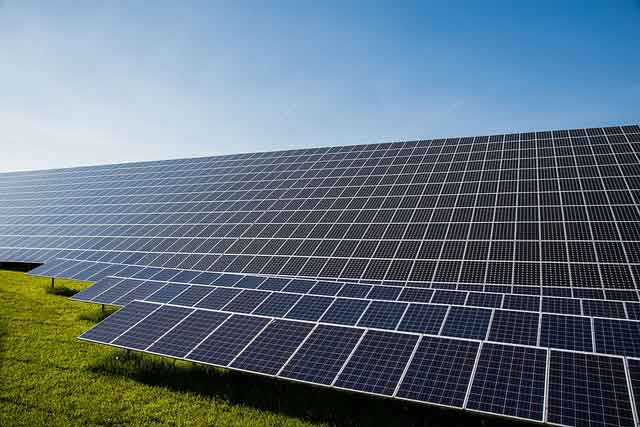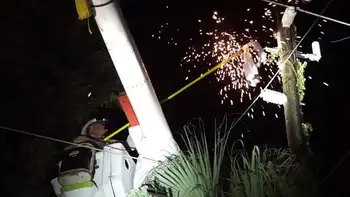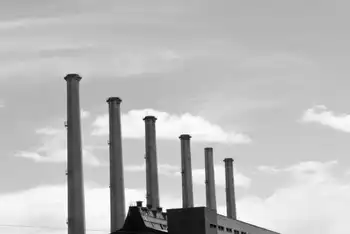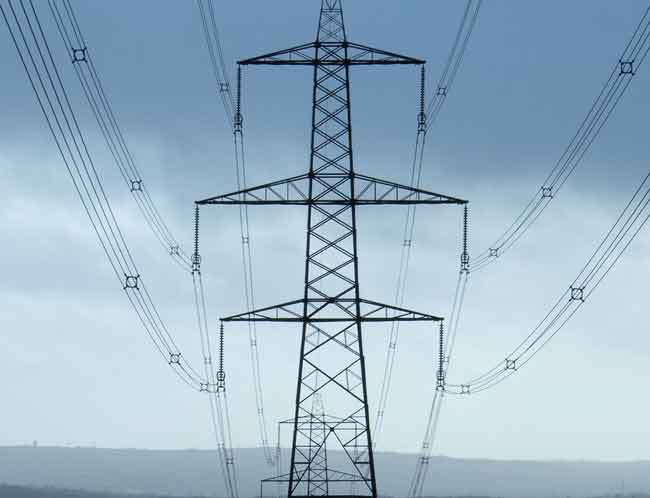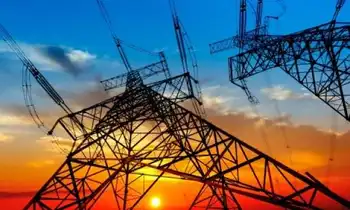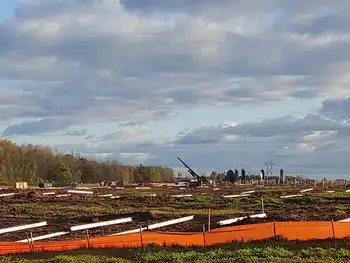Energy combination under study
By Associated Press
Arc Flash Training CSA Z462 - Electrical Safety Essentials
Our customized live online or in‑person group training can be delivered to your staff at your location.

- Live Online
- 6 hours Instructor-led
- Group Training Available
The study by the Western Area Power Administration is expected to be released soon.
The idea comes from a wind-hydro project that was conducted on the Columbia River in Washington, where Thune said managers have successfully integrated the use of river dams and wind turbines. When the wind is strong, less hydropower is used; when the wind is weak, more hydropower is employed.
"When we learned about that, we thought it made a lot of sense for South Dakota because of our mainstem dams, and the fact that 56 percent of our energy in South Dakota is generated from that hydro source," said Thune, R-S.D. "Earlier this week, I discussed that study with WAPA and they informed me that the Missouri River is a potential location for coordination and they recommended we demonstrate a project along the Missouri."
WAPA is an agency within the U.S. Department of Energy that sells electricity to cities, tribes and various agencies. When it cannot meet demand through its traditional power sources, such as the dams along the Missouri River, it is forced to purchase power elsewhere.
Thune said WAPA has been urged to conduct such a study on the Missouri River, but the process was bogged down because "it became much more complicated than they anticipated."
Along with figuring, on an hour-by-hour basis, wind potential in the state, there is the always present issue of energy transmission, Thune said. Transmission has been an ongoing roadblock to wind energy projects in South Dakota.
"I think WAPAs concern has to do with the excess capacity that would be required to transmit energy generated by wind," Thune said. "And since they're the only show in town in some parts of South Dakota that has transmission, it's always a question of if they will have to pass on additional costs to their rate payers to open up their lines."
The senator said he hopes the release of the study shows that WAPA understands the possibilities that exist with wind power in South Dakota.
"I think the time when (a wind-hydro integration) will really work is in times when you have particularly low hydro generation," he said. "When they're not generating (power) on the dam, they have to buy it someplace else and they buy it at a premium. If you can complement hydro and wind, you hopefully can figure out how to drive prices down."





